
The Louis Engina is the grand modification of the Indian Thunder Stroke 111 motor which emphasizes a café-inspired minimalist chassis that brings performance and aesthetics into a the same sphere.
“When we build a new bike, we look for models that nobody else touches,” said ,” Hamburg-based Detlev Louis Motorrad’s Kay Blanke.
“We have subjected a Honda NX650 Dominator, a Kawasaki ER6, and a Honda VFR1200F to an extreme type of change,” Blanke adds. “With the exception of Roland Sands’ board tracker, we could not find a radical custom from the Indian Chief, and so we did it. This makes the conversion difficult, but it’s something special and the before-and-after is great.” Without any doubt, the Indian Engina qualifies as “something special.”

The company was founded in 1938 by racer Detley Louis as amotorcycle garage that evolved into one of Europe’s biggest retailer of motorcycle apparel and parts. Louis focuses on the connection with motorcycles rather than just the accessories.
“With custom bikes, we keep our roots alive and show that we know more about the business than selling jackets.”
“Ten years ago, I suggested to the company that we should show what we really can do,” said Blanke. “Until then, we have made bike conversions that every customer can imitate without any problems. We still do that today, and that’s very important, but when we started the first ‘real’ custom bike, it was awful. ‘That must be black!’ ‘That has to be silver!’ ‘We’ll just leave it!’ Democracy is a great thing, but everyone knows about too many cooks.

“Since then we have decided on a new path. To build a bike, you need specialists as well as a house builder—an architect, bricklayer, roofer, electrician, and so on. If you ask for roles, I’m the architect, designer, and marketer of the Louis bikes.”
The bike is certainly exotic and Louis took on a challenge by dealing with the Indian powerplant- making it the star player of the bike. It is said to resemble an old Chevy V8. The aesthetics of the bikes were pretty much compromised considering the presence of a long swingarm but it is much more effective when it comes to drag races. However, the exterior of the bike overall is still stunning.
“At the very first test ride, I pulled a 20-meter long black line onto the asphalt. Engina has more than enough power from idle. You gotta play carefully with clutch and throttle, otherwise you create burning rear rubber or a front wheel looking for the sun. The torque is almost scary,” said stunt rider and model Mai-Lin Senf.

“The handling is much better than you expect with a look at the long wheelbase. Sam [Wasserman] took that into account when choosing the steering head angle. The bike is amazingly good in the corners and is absolutely stable. Because of the low-mounted engine for drag races, which is wide at the bottom, no extreme inclinations are possible. But for that, Engina was not built.
“There’s not much left to say about the front-mounted Brembo radial brakes. They could probably also stop a freight train. In the race at the Glemseck, we even went without a rear brake because the adapter for the Kineo rims did not arrive on time. No problem.
“What I love about the boys is that they always tailor the Louis bikes to me as a woman—not too large distances between the handlebars, footpegs, and seat, and a very narrow bench. The last thing a woman needs is a too-wide seat—then your thighs will not go down, but to the side. Then you have the bike, despite a low seat height, not really under full control—a thing that the manufacturers like to forget.”

Louis Indian

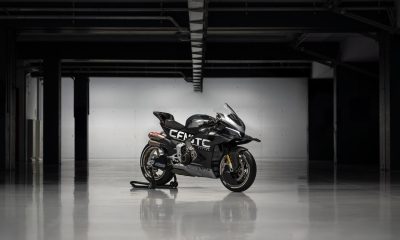
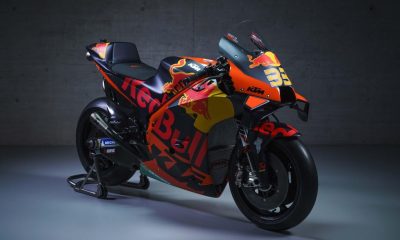
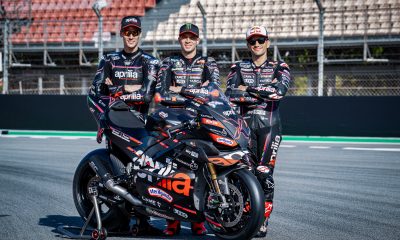
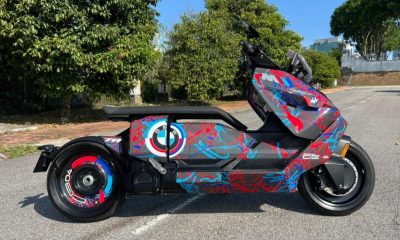
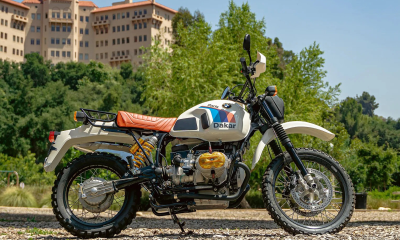
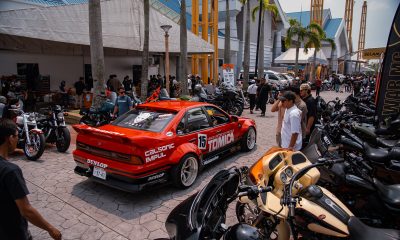




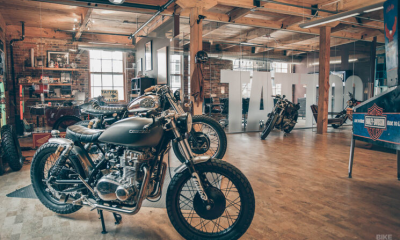


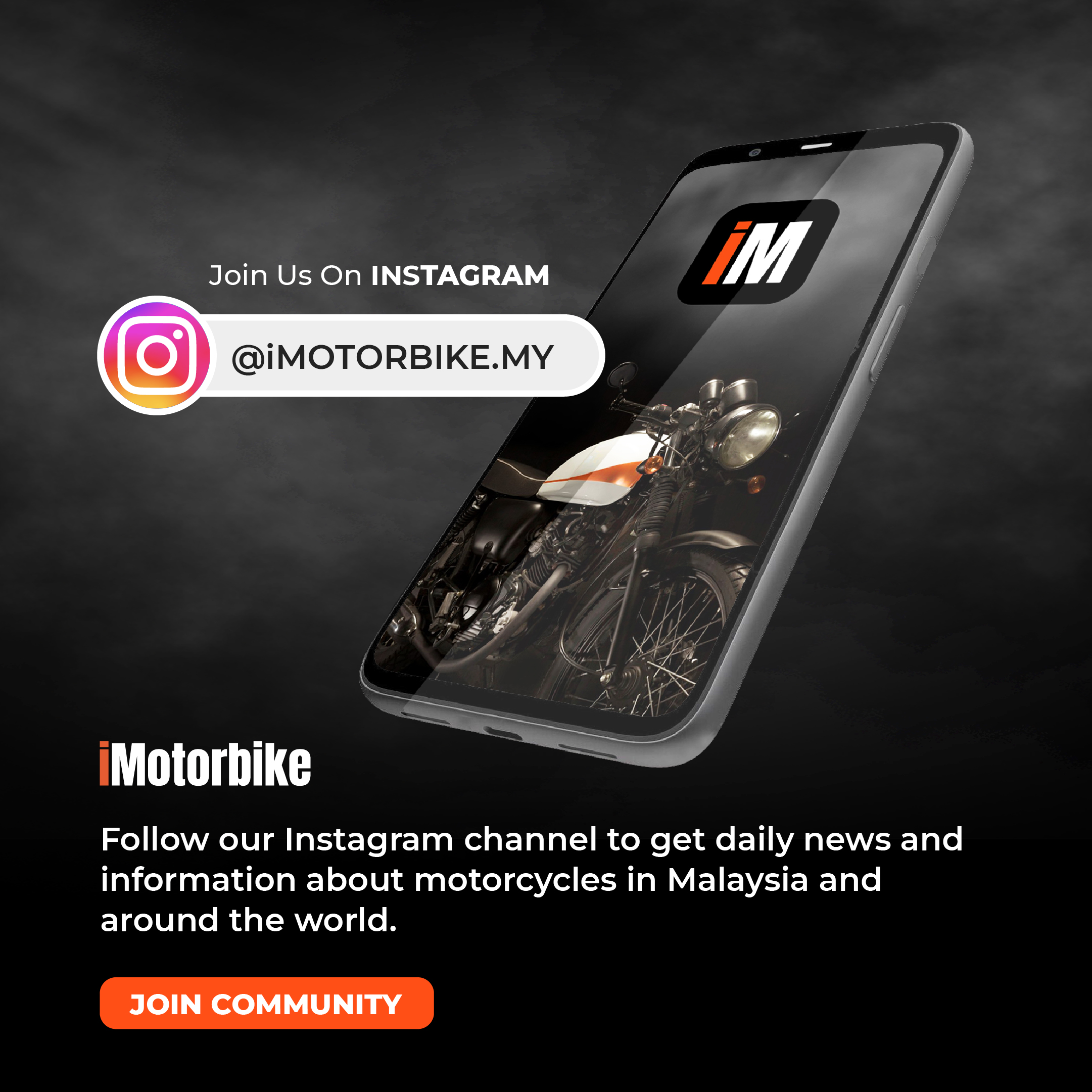














Facebook
Instagram
X (Twitter)
YouTube
LinkedIn
RSS